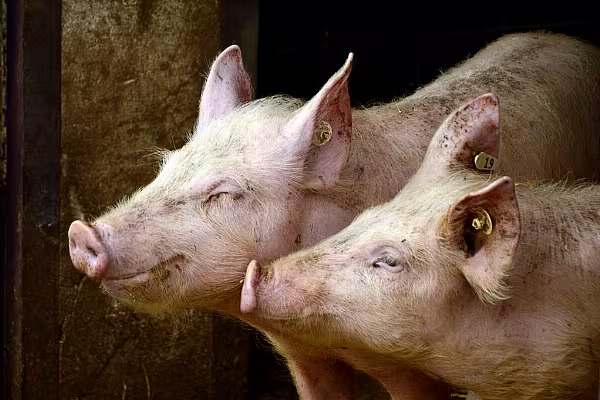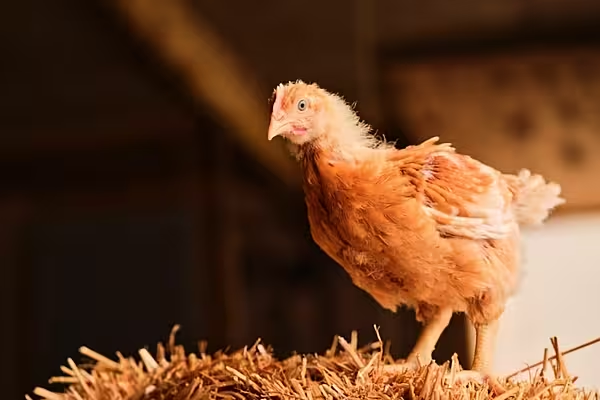China named Danish Crown A/S, as well as Dutch and Spanish pork firms as targets in an anti-dumping probe into European Union pork imports, as Beijing steps up pressure against the bloc's curbs on its electric vehicle exports.
The world's biggest pork consumer opened the investigation after the EU imposed provisional duties of up to 37.6% on Chinese-made electric vehicles.
The measures could badly impact Europe because a large portion of the bloc's pork shipments to China are pig ears, noses, feet and offal that are only rarely consumed by Europeans.
Farmer-owned Danish Crown, one of the world's biggest pork exporters, said it was fully committed to the investigation.
'Danish Crown has registered to participate in the investigation and submitted all relevant information to the investigating authority,' the Denmark-based company said in a statement.
China's tit-for-tat probe appears mainly aimed at Spain, the Netherlands and Denmark, which analysts said were seen as supportive of the EV tariffs.
EU governments have expressed divided views on the merits of the EV tariffs in a non-binding but influential vote, sources said on Wednesday (17 July).
Anti-Dumping Investigation
China's commerce ministry said the authorities will conduct the anti-dumping investigation using samples from Danish meat processor Danish Crown A/S, Dutch producer Vion Boxtel B.N. and Spanish food processor Litera Meat S.L.U.
Vion Boxtel and Litera Meat did not immediately respond to requests for comment. Spanish pork producers group Interporc reiterated on Thursday it would fully cooperate with the investigation.
The investigation will focus on pork intended for human consumption, such as fresh, cold and frozen whole cuts, as well as pig intestines, bladders and stomachs.
China imported $6 billion (€5.5 billion) worth of pork, including offal, in 2023 and more than half of that came from the EU, according to Chinese customs data.
Spain is the biggest EU pork supplier to China, followed by the Netherlands, Denmark and France.
The investigation is expected to be completed by June 17, 2025, but could be extended by another six months if required.











